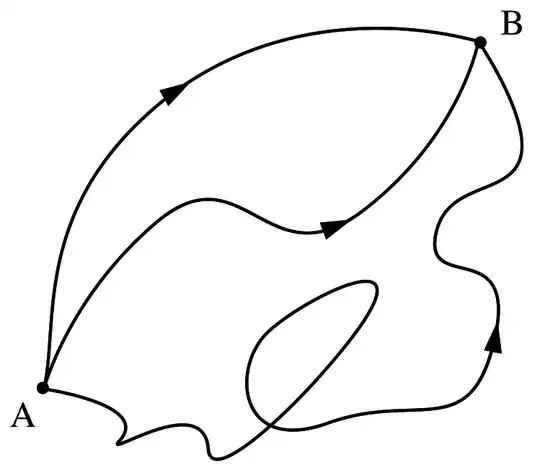I've recently started reading the book Biocentrism, by Robert Lanza and Bob Berman, which in its mind-blowing chapters, discusses the perceptions of reality, space, and time. Lanza states that:
If one could travel at lightspeed, one would find oneself everywhere in the universe at once. This indeed is what a photon of light must experience if it were sentient.
Immediately, I was confused. If photons can be everywhere at once, doesn't that mean that their speed is infinite? But if that's so, why does it take about 8 minutes for light from the sun to reach earth?
I did some more research and came upon this question. The answer was final and basically stated that:
If the speed of light was to be infinite, every solid, liquid and gas in the universe would instantaneously turn into super heated plasma soup.If String theory is correct, this would probably cause a tear in the fabric of space-time and could "open up" the universe, exposing it to other universes. Since light has infinite speed,the past and future get merged into the present. Events cannot be distinguished from another. Finally, it will be impossible to determine the location of an object, as light will be bombarding the receiver from every possible direction. Everything will be everywhere.
It's like trying to find your way out of a pitch black ocean, while wearing a scuba diving suit, without a torch.
In other words, the world would end.
However, this answer doesn't provide any evidence, let alone links.
Scientific American states that "Were there an infinite value for the speed of light, light itself would not exist at all. Mathematically, the wave equation that describes light as an electromagnetic wave would lose its time-dependence."
In other discussions about the speed of light, I've seen the explanation that photons exist in all points between two points: A and B.
If that's so, why is the constant of the speed of light in a vacuum 186,000 miles per second, or 300 million meters per second? Why not infinity?
New scientific research done by recent scientists has indicated that light might not have a constant, according to this article.
So can light travel at an infinite speed, or not? If photons can be everywhere in the universe, or everywhere between point A and B, how can their speed not be infinite? If they do occupy every point between A and B, why do photons have a constant and a finite speed?
(And I haven't learned much--if anything--in physics, so if they aren't contradictory, any explanation would suffice. Please understand my inexperience and ignorance!)
